My Lawn and I Need Your Help!
bandy1080
11 years ago
Related Stories

GARDENING GUIDES8 Unthirsty Plants Help You Save Water in Style
Spend less effort and money on your landscape with drought-tolerant and native plants that liven up your yard
Full Story
EARTH DAYThe Case for Losing the Traditional Lawn
Work less, help the environment and foster connections by just saying no to typical turf
Full Story
ORGANIZINGDo It for the Kids! A Few Routines Help a Home Run More Smoothly
Not a Naturally Organized person? These tips can help you tackle the onslaught of papers, meals, laundry — and even help you find your keys
Full Story
GARDENING GUIDESHow to Plant a New Lawn From Sod
Take the quick-start route to turf with sod; these installation guidelines will help ensure a healthy and long-lasting lawn
Full Story
PETSHow to Help Your Dog Be a Good Neighbor
Good fences certainly help, but be sure to introduce your pup to the neighbors and check in from time to time
Full Story
LANDSCAPE DESIGNHow to Help Your Home Fit Into the Landscape
Use color, texture and shape to create a smooth transition from home to garden
Full Story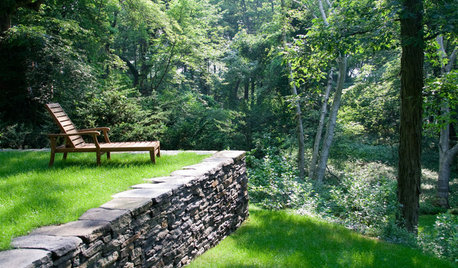
LANDSCAPE DESIGNWhat the Heck Is a Ha-Ha, and How Can It Help Your Garden?
Take cues from a historical garden feature to create security and borders without compromising a view
Full Story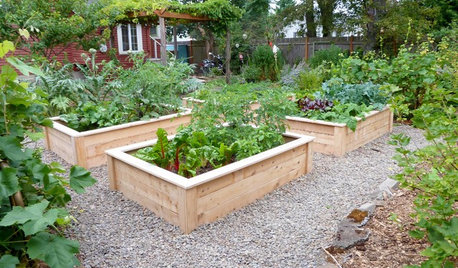
GARDENING GUIDES12 Tips to Help You Start an Edible Garden
Get on your way to growing your own vegetables with a raised bed or a few containers on the patio
Full Story
MOST POPULAR9 Real Ways You Can Help After a House Fire
Suggestions from someone who lost her home to fire — and experienced the staggering generosity of community
Full StorySponsored
More Discussions






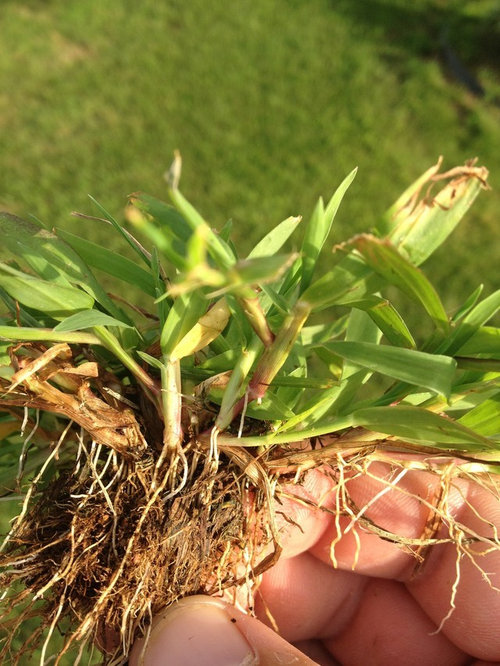

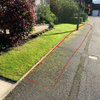
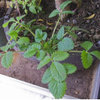
bandy1080Original Author
hortster
Related Professionals
Bridgeport Landscape Contractors · Canyon Lake Landscape Contractors · Crystal Landscape Contractors · Doctor Phillips Landscape Contractors · East Hanover Landscape Contractors · Golden Landscape Contractors · Oak Forest Landscape Contractors · Raleigh Landscape Contractors · Richmond Landscape Contractors · Southbury Landscape Contractors · St. Louis Landscape Contractors · Vermilion Landscape Contractors · Watertown Landscape Contractors · Weymouth Landscape Contractors · Sun Valley Landscape Contractorsmistascott
Kimmsr